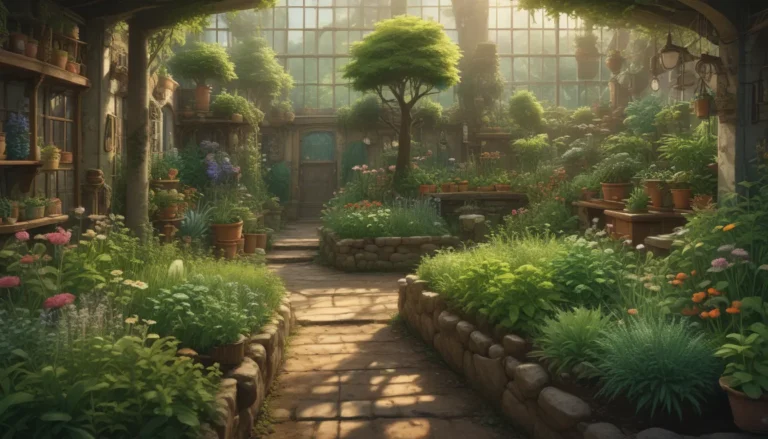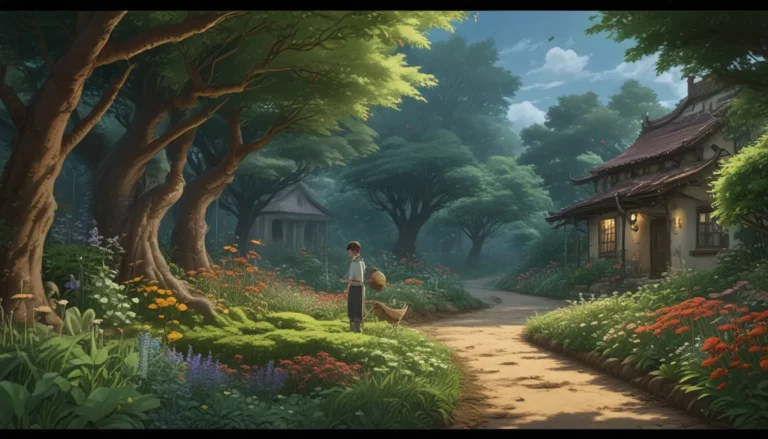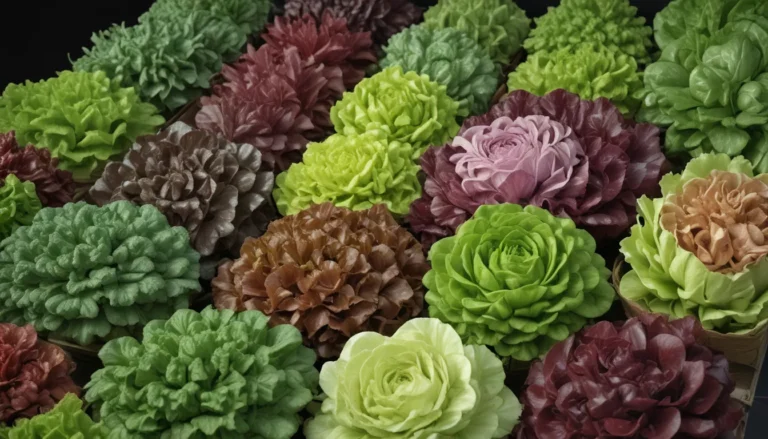Exploring the Delicious World of Edible Nasturtiums

Are you ready to discover the delightful edible possibilities of nasturtiums in your garden? Not only are these colorful flowers a feast for the eyes, but they can also be a feast for the taste buds! Let’s dive into the wonderful world of harvesting and using edible nasturtiums.
I’ve been growing nasturtiums for years for their vibrant beauty in my flower borders. However, in recent years, I discovered the joys of using them as a delightful addition to my culinary creations. From adding petals to pizza to garnishing cakes with colorful blooms, the edible possibilities of nasturtiums are endless.
So, let’s explore how you can maximize your harvest of these delightful flowers and when is the best time to pick them for consumption. Additionally, we’ll delve into creative ways to enjoy the stems, leaves, and even preserve the green seed pods as faux capers.
What You’ll Learn
- Pre-Harvest Strategies
- How to Pick Nasturtiums to Eat
- Washing and Storage Tips
- Make Faux Capers from Nasturtium Pods
- Keep the Plants Producing
Pre-Harvest Strategies
Before diving into the delicious world of edible nasturtiums, it’s essential to set the stage for a bountiful harvest. Here are some pre-harvest strategies to ensure you get the most out of your nasturtium plants:
Eat a Sample
Before committing to growing a significant number of nasturtium plants, it’s a good idea to sample their flavor. The peppery taste of the leaves and the delicate flavor of the flowers might not be to everyone’s liking. Start small and gradually increase your plantings if you enjoy the taste.
Grow Without Pesticides
To ensure your nasturtiums are safe for consumption, avoid using pesticides when growing them. If you have a history of insect pests in your garden, consider growing nasturtiums in containers to avoid any contamination.
Select a Suitable Variety to Grow
Nasturtiums come in different sizes, from compact varieties to vining types. Choose a variety that suits your space and harvest needs. Larger varieties produce more edible blooms and leaves but require trellising.
Time the Harvest
Harvest your nasturtiums before the hottest summer weather sets in to ensure optimal flavor. Start seeds early in the spring to have a continuous harvest of fresh leaves and blooms throughout the growing season.
Plant Enough
If you plan to pickle the green seed pods, make sure you plant enough nasturtiums to yield a substantial harvest of pods. Each flower produces three tender green seeds, so plan accordingly for a successful pickling project.
Trellis the Vining Types
Provide support for vining nasturtiums to keep the edible leaves and blooms off the ground. Trellising ensures healthier plants and more abundant harvests.
How to Pick Nasturtiums to Eat
Now that you’ve laid the groundwork, it’s time to harvest and enjoy the different edible parts of your nasturtium plants. From foliage to flowers, here’s how to pick nasturtiums for consumption:
- Snip leaves or stems with scissors when they’re small and tender.
- Harvest firm buds and newly opened blossoms for a pop of color and flavor.
- Use clean scissors to clip the buds or blooms right below the attachment point on the stem.
- Snip green seed pods while they’re still immature to avoid damaging the plant.
Washing and Storage Tips
Once you’ve harvested the edible parts of your nasturtium plants, it’s essential to wash and store them properly for maximum freshness and flavor:
- Store leaves or stems in the fridge for a few days, unwashed, to maintain freshness.
- Wash nasturtium blooms gently in a bowl of cold water to remove dirt or insects.
- Store blooms in an open zipper-top plastic bag in the fridge for up to a day.
- Rinse green seed pods lightly and pickle them immediately to preserve their texture and flavor.
Make Faux Capers from Nasturtium Pods
Transform your green nasturtium seed pods into delicious faux capers for a unique culinary treat. Follow these steps to create your own pickled pods:
- Soak the pods in a salt brine for three days to minimize their peppery taste.
- Pickle the pods in a hot vinegar-based brine with herbs for added flavor.
- Enjoy your homemade faux capers in salads, pasta dishes, or as a garnish for various recipes.
Keep the Plants Producing
To extend the harvest season of your nasturtium plants, follow these tips:
- Water the plants regularly to encourage healthy foliage and blossoms.
- Continuously harvest blooms to promote new growth.
- Snip off green seed pods before they turn brown to prolong the harvest season.
Noshing on Nasturtiums
Growing nasturtiums for consumption is a low-pressure endeavor with numerous benefits beyond the edible harvest. Whether you enjoy the taste of the leaves and flowers or simply appreciate their beauty in your garden, nasturtiums are a delightful addition to any landscape.
Experiment with different recipes and culinary creations using your freshly harvested nasturtiums. From salads to pickles, the possibilities are endless when it comes to incorporating these edible flowers into your meals.
If you have any tips, questions, or experiences to share with other gardeners, feel free to join the conversation in the comments section below.
And for more detailed information on growing and caring for nasturtiums, explore our additional articles and guides on this versatile plant.
By following these tips and techniques, you can transform your nasturtium plants from decorative blooms to delectable treats. Enjoy the vibrant colors and unique flavors of edible nasturtiums in your garden and culinary creations. Happy harvesting!





